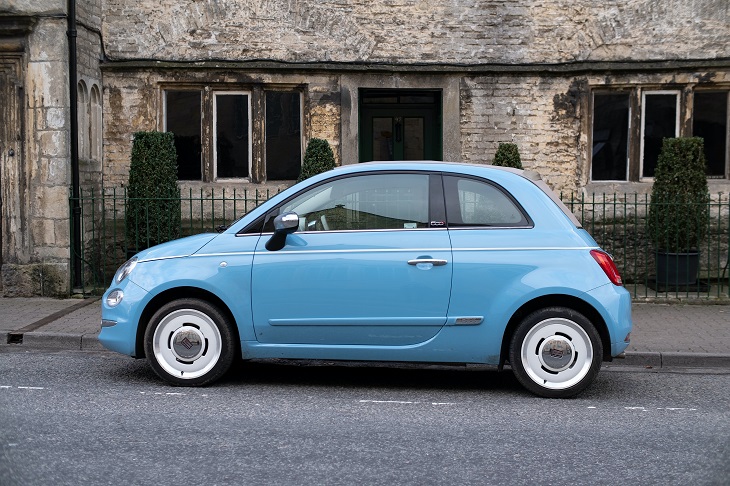Are Hand Controls The Best Choice For Disabled Drivers?

Nowadays, someone’s disability doesn’t have to keep them from living a full and complete life. It used to be that disabled individuals were prevented from driving because they weren’t able to safely operate a vehicle as it was manufactured. Luckily, there are many options today to help someone with a disability to drive a car with modifications, including things like hand controls. So, are hand controls the best choice for disabled drivers? It depends on the disability, but they can be a huge help in many cases. Read on for all you need to know about hand controls.
What are some examples of vehicle control equipment?
There are many different types of equipment that can make a vehicle easier to operate for someone with a disability. These can include anything from a push-button ignition to a lowered steering wheel. Additional modifications such as a swivel driver’s seat can help a driver enter or exit a vehicle, while something as simple as a seatbelt extender can provide a more comfortable driving experience.

Why are hand controls helpful?
Wondering “How do you drive with hand controls?” There are actually several different options that can help a driver more easily operate a car. Here’s a breakdown of some of the best hand controls for disabled drivers:
Push/rock
This allows the driver to apply both the accelerator and the brakes by hand. The upright handle is rocked toward the driver to apply the accelerator. It can be used for people who have no finger dexterity at all.
Push/right angle
This helps the driver to push the handle upward toward the instrument panel in order to brake and downward at a right angle to accelerate the vehicle. It can be used for people who have very limited finger dexterity.
Push/pull
By pushing the lever forward, the brake is applied and when pulled backward, the accelerator is applied. There’s also a three-post hand interface that allows the driver to maintain contact with the handle for greater control. It can also be used for people who have very limited finger dexterity.
Push/rotate
Push or twist hand controls are great options if there’s limited space in the vehicle, either because of a small car or a larger driver. The lever only needs to be moved to apply the brake. Throttle control is possible by twisting the grip, as one does when operating a motorcycle. Individuals need to have full dexterity in their fingers to use this type of hand control.
Electronic-assisted hand controls
These types of controls allow the driver to manage the gas, brakes, and steering, while a secondary control is used to operate other vehicle functions. They basically look like joysticks like you’d use to play a video game, but they can be used for everything from steering to switching on the turn indicator. Drivers also need to have full dexterity of their fingers in order to operate electronic hand controls.
What disabilities are hand controls suited for?
Hand controls can be operated by people with a wide variety of disabilities, including everything from partial paralysis to decreased motor function from neurological disorders or arthritic conditions. Hand controls are also extremely helpful for people who have paralysis in their legs or feet or who have loss of limbs with their legs or feet.
Hand controls can be mounted on either the right or left side of the vehicle, depending on what the driver needs for their specific condition. However, these types of controls are not suited for individuals who have completely lost use of their arms or hands.

How much do hand controls cost?
Because there are different types of hand controls for cars, they do differ in price. Since they’re typically applied to vehicles that are automatic (versus manual or stick shift cars), they can range in price from $500 to $2,000. The final cost is also greatly dependent on the type of vehicle in question and the labor required to install the modifications.
There are also specific cars and vans that can be modified more easily because they’re built for disabled drivers, but these do tend to come with a pretty hefty price tag. It’s also important to note that any vehicle modifications could also result in an increase in car insurance premiums, since enhancements make the car more expensive to repair and/or to replace.
How easy are hand controls to have installed?
There are many businesses around the country that can install hand controls in vehicles. Some car dealerships can help with this too. A quick Google search will likely help a person locate local companies that can install them with no trouble.
Other businesses like car manufacturers or local car insurance companies may also be able to help provide information on where to go to get hand controls installed (especially if the controls themselves have been purchased online).
Hand controls can provide a lot of disabled drivers with the opportunity to get behind the wheel. Although they’re not suitable for every type of driver, they can be a great choice for many individuals to help them operate a vehicle independently.
Featured image by Ave Calvar on Unsplash